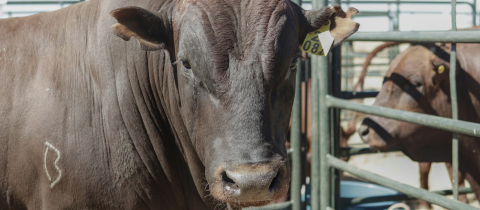Some girls find their boyfriend’s natural odor sexy, some find it repugnant. And a new study conducted by molecular genetics and microbiology professor Hiroaki Matsunami and his team at Duke University showed that the boyfriend’s sweat is not to blame; rather, the smell is in the nose of the beholder.
Sweat normally has virtually no smell. It is when bacteria start to proliferate in the warm and moist milieu that some naturally occurring compounds found in sweat get converted into stinky substances such as butyric acid. Smelly molecules bind to their corresponding odor receptors in the nose, and the information is then relayed to the brain for processing. Whether you perceive a smell as pleasant or not depends on your brain’s interpretation. Humans have about 400 odor receptors within the nose allowing us to detect more than 10,000 different odors. The receptors are, however, not identical in everyone, according to Matsunami’s study published in the journal Nature. The researchers asked 391 volunteers to inhale two chemicals: androstenone and androstadienone. These chemicals are created naturally by the body during the breakdown of the male sex hormone testosterone and are excreted in sweat and urine.
[They are also classified as pheromones which are compounds serving as signals of alarm, mating or navigation. Basically, pheromones trigger a behavioral change in a member of the same species. For example, androstenone and androstadienone found in men’s sweat (also in women’s but in smaller concentrations) are actually sex pheromones in pigs. What this means is that when Mr. Piggy secretes these substances, Miss Piggy gets in the mood for love. So gentlemen, stay away from female pigs.]
Now back to the study...
Volunteers were asked to smell these pheromones and describe the odor. The answers ranged from no odor at all, to “vanilla and sweet” to “sickening and urine”. After analyzing DNA samples of the volunteers, and correlating the results with the smell descriptions, the researchers were able to link certain genetic variants with specific perceptions. More specifically, variations in a specific gene seemed to influence the perception of whether fragrant armpits would be deemed a turn-on or a turn-off, or nothing at all. The role of androstenone is still not well understood in humans, and whether humans secrete or react to (sex) pheromones is debatable. Still, there is evidence that inhaling these odors can affect the mood and physiological state of both men and women, even though the smell may only be subliminal. In fact, in a double-blind controlled study where female students from University of California, Berkeley, were asked to smell a sample androstadienone or yeast, which served as control, it was found that subsequent to smelling the pheromone, cortisol levels were higher in these women. This sounds pretty exciting. What’s less exciting is that cortisol is not a sex hormone, but a stress hormone. Moral of the story? Women don’t get turned on the same way as female pigs. And ladies: Your boyfriend’s stench may just be in your nose. Gentlemen: Before you decide to seduce a woman with your armpits, get a sample of her DNA first.







